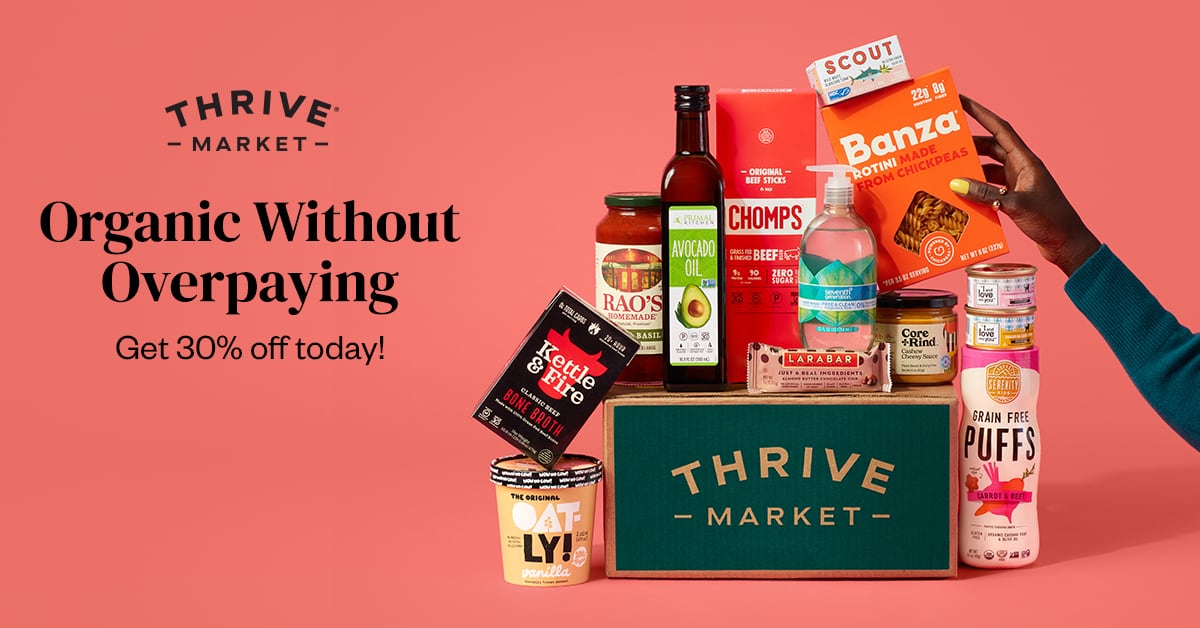7 High Fiber Foods You Should Add to Your Shopping List
Most of us are falling short when it comes to getting enough fiber daily.
In natural hunter-gatherer societies, average fiber intake ranged between 50 to 100g each day. To put that in perspective, one banana offers us a measly 3 to 4g of fiber and the modern American diet supplies somewhere in the vicinity of 15g daily; well below the minimum of 25g per day recommended by experts.
Fiber offers your body a whole range of health benefits including:
- Reduced risk of chronic disease
- Increased metabolism
- Reduced inflammation
- Lower cholesterol
- Lower risk of coronary heart disease, stroke, hypertension, diabetes, and obesity
- Lower risk of certain gastrointestinal diseases
There are two types of fiber: insoluble and soluble.
Insoluble fiber comes from the roughage from fruits and vegetables which sweeps through the digestive system. Insoluble fiber will help to bulk up your stools.
Soluble fiber is soluble in water that also helps in keeping you regular, with a bonus superpower: keeping your heart healthy. Soluble fiber will absorb water, along with fatty acids which can help to lower your cholesterol.
Additionally, soluble fiber will aid in slowing your digestion, regulating blood sugar levels, and creating a stable release of glucose into your blood, preventing blood sugar dips and spikes and helping to regulate the hormones that play a major role in regulating our appetite.
Another type of fiber to consider is prebiotic fiber. This type of fiber is easily fermented by our gut, feeding and nourishing the good bacteria present in the gut.
Here’s the thing…
Fiber-rich foods are going to be a mixture of all of the above, some simply having more of one type of fiber than the other, so we don’t want you to stress about getting too specific in which one you should include more of.
The goal: aim for at least 25g of fiber per day.
Here’s a list of high-fiber foods that generally have a good amount of fiber in them per serving to help you meet your goal:
Chia Seeds
Fiber: 10 grams per 1-oz serving
Chia seeds are little fiber bombs! Higher in soluble fiber when mixed with liquid.
Pears
Fiber: 5.5 grams in a medium-sized pear.
Juicy, delicious, and high in fiber, who would want to add more of these into their diet? Pears generally top the list of being the fruit with the highest fiber content.
Flaxseed
Fiber: 3 grams per tablespoon
With a nice mixture of soluble and insoluble fiber, flaxseed is a great little fiber-boosting option. We especially love using them in our morning smoothie.
Oats
Fiber: 4 grams per cup (cooked)
There’s a reason why “reduces cholesterol” or “is good for heart health” is slapped on oatmeal labels: the cereal contains a type of soluble fiber called beta-glucan, which is what gives it its creamy consistency.
Black Beans
Fiber: 17 grams per cup
Most beans and legumes are going to be a winner in the fiber department, but black beans top the list. One cup of black beans has five grams of soluble fiber. Others that get close are navy, red, and kidney beans.
Broccoli
Fiber: 2.4 grams per cup
Most veggies are good sources of fiber. Throw a combination together for your dinner and you’ll have a healthy serving of fiber along with a long list of other health benefits.
Quinoa
Fiber: 5.2 grams per cup of cooked quinoa
A great grain to include to boost your intake of fiber. Also, loaded with many other nutrients, including protein, magnesium, iron, zinc, potassium, and antioxidants, just to name a few!
We would suggest gradually increasing your fiber intake if your body isn’t used to it, increasing too fast may lead to some digestive stress.
Start small and gradually increase!









